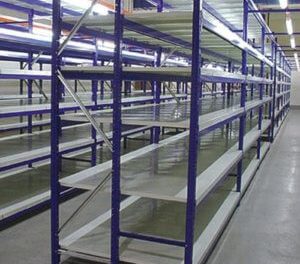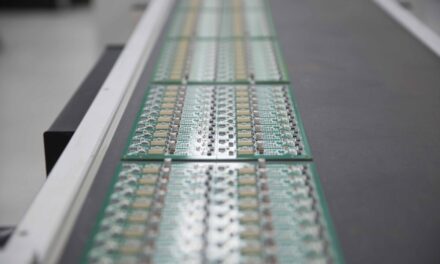What’s the SCOOP – August 2021

By Philip Spagnoli Stoten Founder of SCOOP
Some ‘What’s the SCOOP’ questions resonate more than others, but none have had a level of engagement like this month’s debate on component shortages. I guess I shouldn’t be too surprised, clearly the issue is vexing the entire industry, challenging relationships between brands and their manufacturing partners, and between those manufacturers and their suppliers. The issues resonate with so many people and underline some key trends, challenges and opportunities in the market right now.
We had twenty responses, more than half from CEOs of EMS companies, providing real honesty on the stresses at hand. On the whole a free key issues have been brought into focus:
- The issue isn’t going away soon. A sentiment shared by the entire supply and value chain. We have to learn to live with these shortages for some time and try to figure out how to become more resilient in the future. Expect this to continue to be a theme of debate throughout 2022.
- Open honest relationships are essential. It doesn’t matter where you are in the debate or in the supply chain, open and honest discussions are the only route forward. Yes, this will strain partnerships and relationships, but when we get through this they will be even stronger.
- Consistency and visibility are increasingly important. Brands, like the EMS companies that serve them are going to need to consistently order further ahead for a good while to come. That means that greater and more reliable visibility is needed as well as consistent partnerships that both parties can trust.
- Counterfeiting is a real and present danger. Ensuring the devices that are used in assembly are as they should be has always been essential, but now risks are even higher. A solid ‘zero-trust’ based inspection and traceability solution is now more important than ever.
- Inventory overhang is the next big risk. Once last week’s article made it to LinkedIn there were plenty of comments and engagement, including concerns relating to how the crisis might end and whether the flow of semiconductors will increase gradually or in steps. This, along with overordering, will increase the risk of a severe inventory overhang further down the track.
- Digital transformation is key to future resilience. I know I always seem to bring every debate back to digital transformation, but there is no doubt that those further along their smart supply chain journey have done, and will do, better. Keep transforming!
Below are a few additional inputs from executives that did not make it for the first release date last Friday, including great insight from Don Akery, President of TTI Americas and Theo Saville, co-founder and CEO of CloudNC.

We expect the situation to improve very slowly as evidenced by our inventory build over the past 12 weeks. We expect the uncertainty and constrained supply chain to last through Q2 2022 and into Q3 2022. Bookings and shipments are at record levels. Obviously, the YoY comparison is very good with bookings >35% ahead of 2020 and shipments ahead by >25%. The current quarter will be the 5th consecutive quarter over quarter growth.. Q3 2021 will be the new record. Our customer backlog has been driven by three major factors:
- >20% growth from all customer market segments, except Military-Aerospace. Commercial air continues to pull down the growth in the Mil-Aero segment but we are seeing early signs of slight recovery.
- Extended supplier lead times are driving customers to place more orders further out in time.
- Supplier price increases due to increased material, labor and transportation costs are starting to drive higher revenue.
Our strategies have always been to support the existing customers first and make available extra product to new customers. This loyalty approach versus “leveraging” our extensive inventory has worked for 50 years.
I do believe that customers are turning to the broker or independent market to fill gaps in their production. It is understandable and I assume that the customers are attempting to trace the origins of the parts to protect themselves.
The long term solution to the supply chain situation is more visibility throughout the supply chain. This starts with more direct connections (M2M) for real-time data sharing. API seems to be on a fast pace to make the connection to share lead time and inventory.

This kind of disruption is one of many reasons we believe so strongly in a future where real time data and autonomous software drives supply chain and manufacturing decisions. A future where entire supply chains operate autonomously has the potential to completely avoid, or at the very least reduce the impact of these supply chain disruption, which seem to be becoming the norm. Imagine a world where data and software had been able to predict demand more accurately and would have been able to provide investment and capacity expansion signals well ahead of time.
There is no doubt in my mind that those with a digitally enabled supply chain have and will continue to cope better with these disruptions, but even more can be done to ensure the world of manufacturing is more adaptable and more resilient. And at the same time more efficient and more profitable.
I have really been struck by the desire to share and collaborate on this one and the consensus of opinion of so many executives. Thank you all so much for your candor!!
Check out the original article here on EMSNOW…













